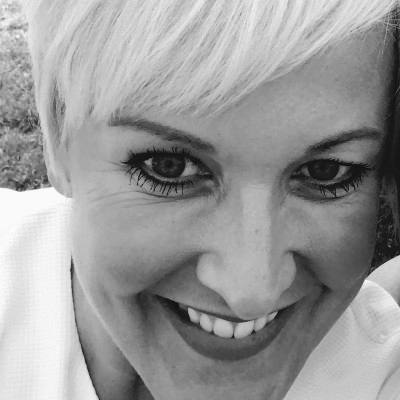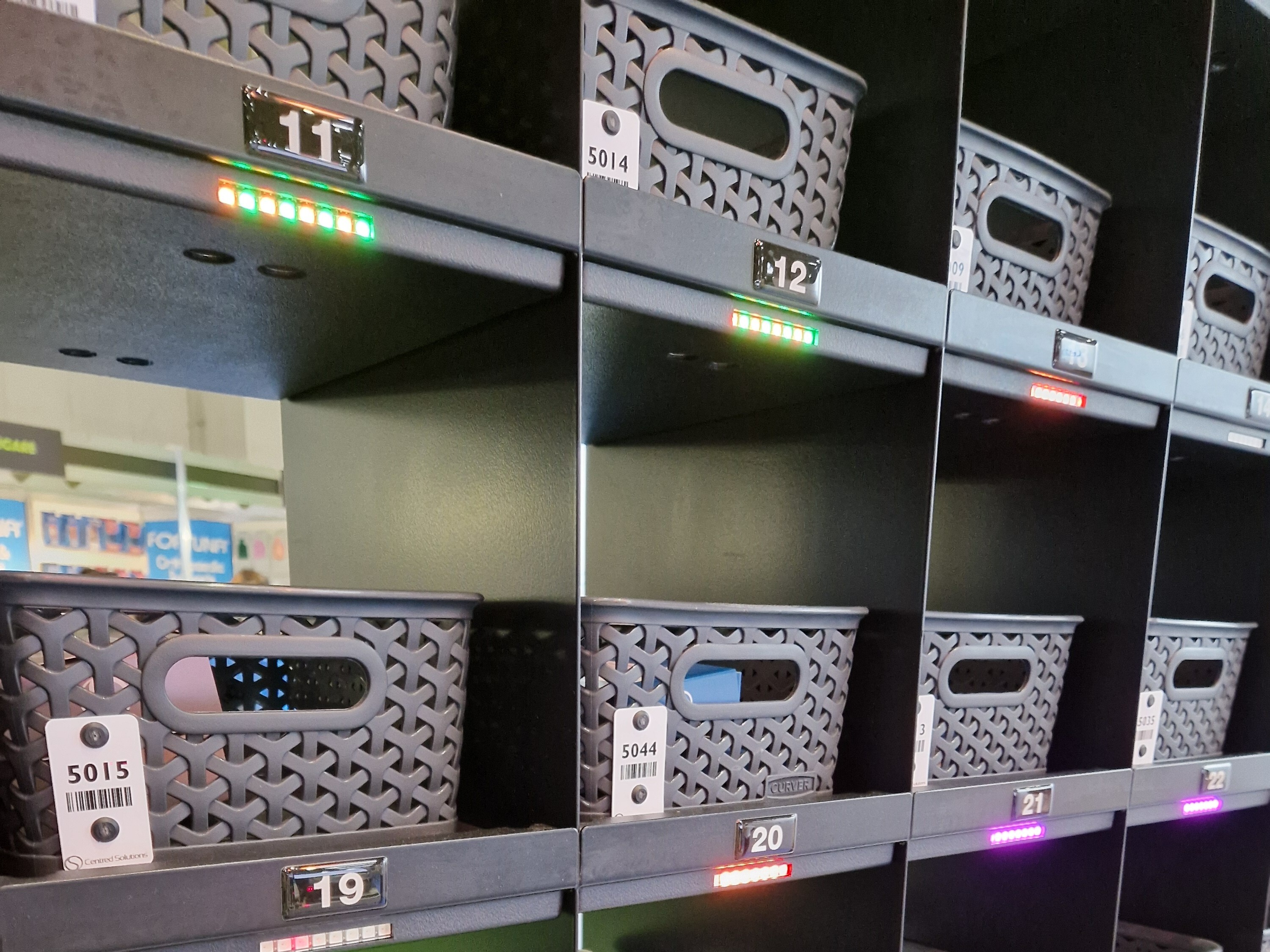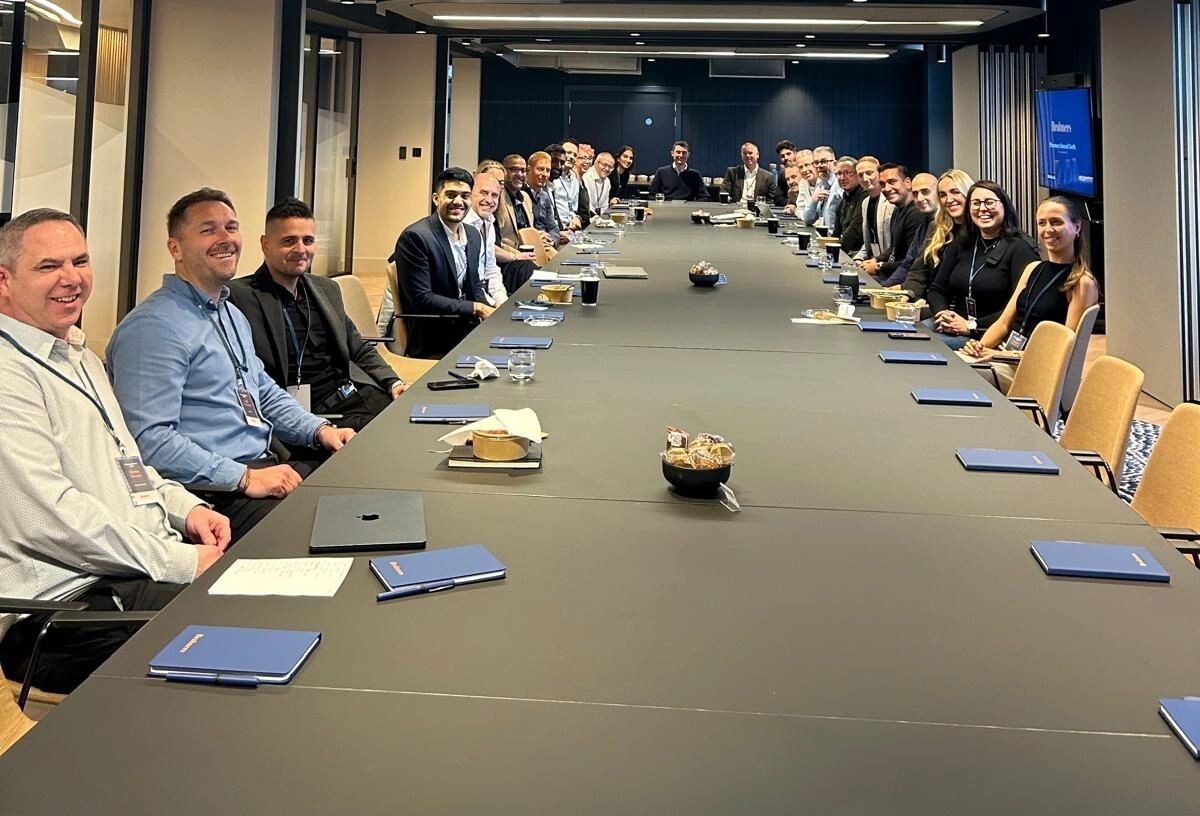It’s no secret that the tech industry has been lacking in gender diversity for many years. While there has been some improvement, it remains a sector where women are often the exception rather than the rule. In this article Louise Laban, Sales and Marketing Director at Centred Solutions, looks at what her organisation is doing to break the cycle.
A recent study by McKinsey found that only 22% of all tech roles across European countries are occupied by women. The statistic isn’t much better if we broaden this to look at women who work at technology companies with the figure coming in at just 37%. Digital technologies have advanced more rapidly than any other innovation in our history, yet with these industries still dominated by men we are in danger of widening the gender data gap even further.
In her award-winning book “Invisible Women” Caroline Criado Perez looked at different elements of the modern world and what she found, time and time again, was they appear to have been designed with less consideration for women. She uncovered that everything from transportation systems to smartphones and voice recognition technology had been designed with mainly men in mind. Perhaps most concerning though is the fact that even medical devices, treatments and conditions are impacted by this gender data gap. For example, the book points out that medical research is typically based on the male body. A consequence of this is the most recognised symptoms for a heart attack is based on a male experience. Where men are likely to have a sudden pain in their chest and arms, women are in fact more likely to experience nausea, fatigue, breathlessness and stomach pain. It’s no coincidence that women are 50% more likely to be misdiagnosed following a heart attack.
So, when you look at it this way it becomes very clear that increasing the number of women working in tech is actually a necessity not just a nice to have. Women make up half the population yet their needs and requirements often aren’t taken into account when it comes to emerging technologies and a lack of women working within the tech sector is only compounding this. Take for example the Apple health tracker app. When it first emerged patients could track their copper intake but they couldn’t track their hormonal cycle. Perez stresses that this was simply down to a lack of female representation at Apple’s design team and it took them over two year’s to fix the embarrassing oversight.
As a company working in the healthcare sphere, Centred Solutions, is committed to ensuring not only are women equally represented throughout the organisations but that they have a seat at the table and their voices are heard too. We’re a relatively new company, not long out of the start-up phase, specialising in pharmacy automation and software. Today 50% of our current workforce in the UK is female, and 50% of them are working in tech roles. It’s a statistic that we are proud of and one that we are looking to maintain as we grow.
We are planning to do this in a number of ways. Working for a start-up or newly established company can sometimes be chaotic for employees and this can put a strain on work-life balance. Right from the off creating a culture of inclusivity has been key and we are committed to continuing to do this as we grow and evolve, taking into account the views of all our employees. For example, we now have a number of roles across the company that are either hybrid or remote.
We know that one of the biggest challenges for women in tech is a lack of representation. This can make it difficult for women to find mentors and role models they can learn from. It is another area we are keen to focus on as we grow, ensuring that our knowledge is shared with women both inside and outside of our business.
One of the most important ways in which women are advancing in the tech industry is through leadership positions. There has been a rise in the number of women taking on leadership roles in the industry and this is making a positive impact. For example, women like Sheryl Sandberg, COO of Facebook and Susan Wojcicki, former CEO of You Tube, have been instrumental in driving innovation and growth at their respective companies. More recently, we have seen women starting their own tech companies and leading them to success, like Melanie Perkins at Canva and Whitney Wolfe Herd at Bumble. At Centred Solutions we are committed to ensuring that women continue to have a seat at the leadership table by nurturing female employees across the business to take on these roles in the future – either at Centred Solutions or other tech companies.
Breaking the glass ceiling in tech is an ongoing process and progress is definitely being made but we are a long way from parity across the industry right now. It is important that those of us who already have a seat at the table continue to highlight the achievements of women in tech while being honest and open about the challenges we still face. At Centred Solutions we are determined to build on the foundations we have already put in place by creating an inclusive culture where women are given equal opportunity to succeed.





